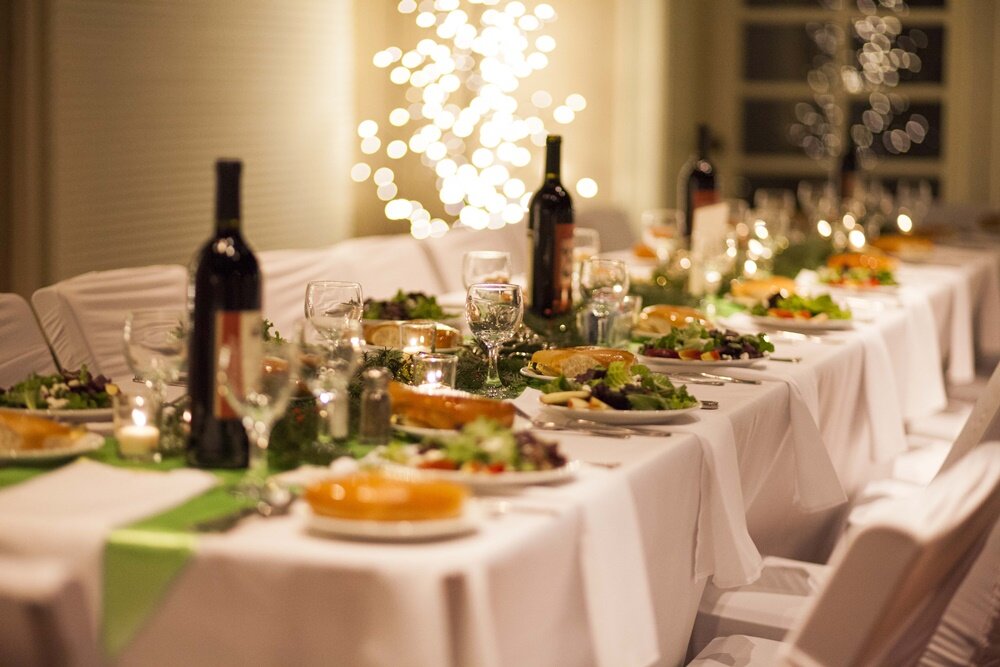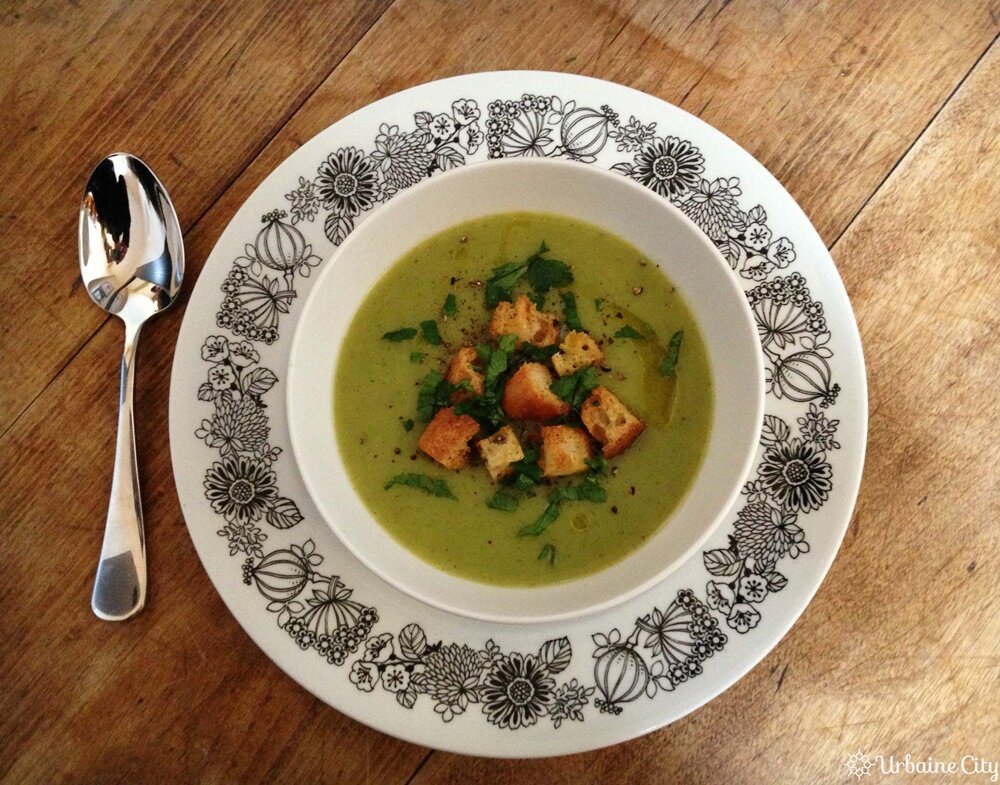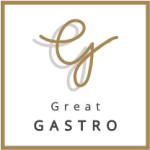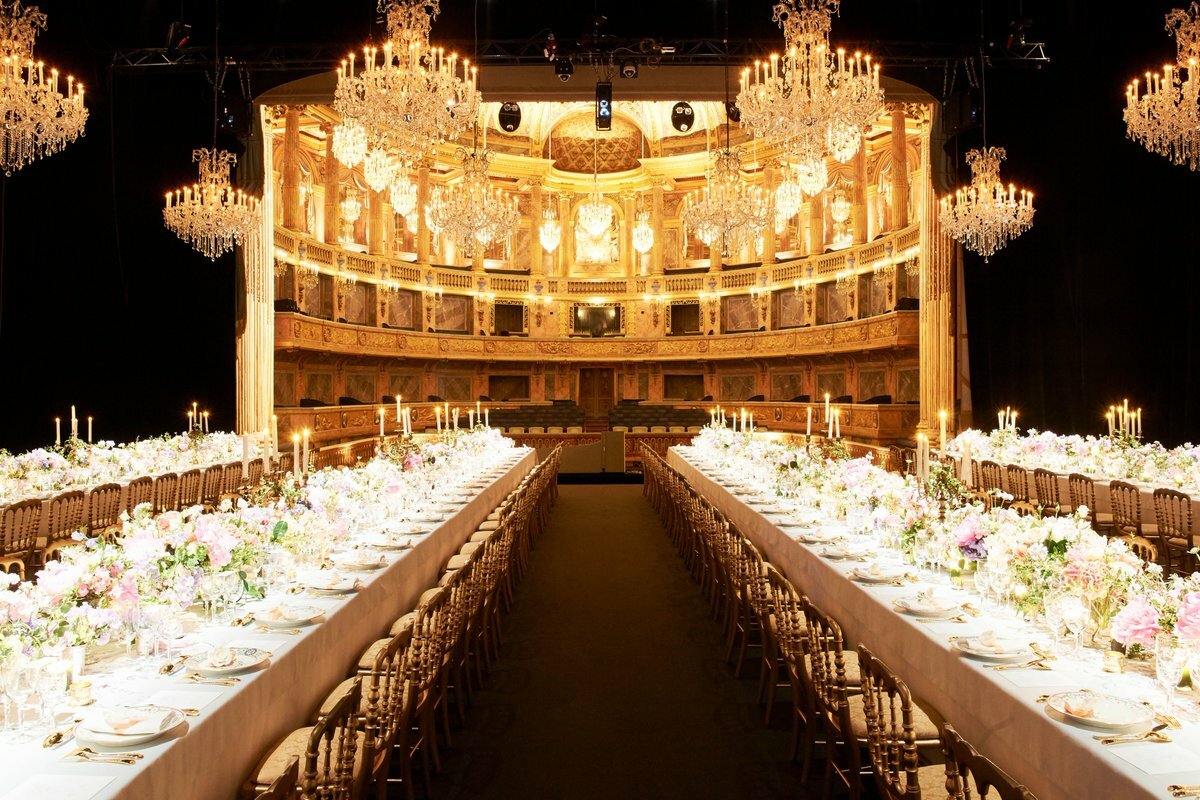In western formal dining, a full course menu can consist of 5, 6, 8, 10, 12, or 16 courses, and, in its extreme form, has been known to have twenty-one courses. In these more formalised dining events, the courses are carefully planned to complement each other gastronomically. The courses are smaller and spread out over a long evening, up to three, four or five hours, and follow conventions of menu planning that have been established over many years. Most courses (excluding some light courses such as sorbets) in the most formal full course dinners are usually paired with a different wine, beer, liqueur, or another spirit. The most luxurious well-known full course is, of course, created from French in which represent their elegant service in gastronomy.
This legendary full classic French full course dinner consists of 17 menus from appetiser to dessert and ended with a drink.

1 – Hors-d oeuvre / Appetiser
In recent years, hors d’oeuvres have gained popularity, and now appear on most of the menus in modest eating places. Served from a rotating trolley or a tray a small amount of each variety being placed on the plate to make up a portion.

2 – Potage / Soup
Soup also act as an appetiser for the further courses to come. Soups like clear soup(consommé) and the other a thick soup (crème, veloute, puree) are served during this course. Although it must be noted that the clear soup is always placed first on the menu.

3 – Oeuf / Egg
Oeufs are the dishes made from egg. There are many styles of cooking and preparation of eggs such as boiled, en cocotte, poached or scrambled. This course is not included in the dinner menu.

4 – Farinaceous / Farineaux / Pasta or Rice
This is Italy’s contribution to the courses of the menu. It includes different kinds of rice and pasta. Pasta dishes are spaghetti, lasagne and gnocchi. There are more than 200 varieties of pasta. The ingredients, size, shape and colour determine the type of pasta.

5 – Poisson / Fish
Poisson is the dishes made from fish. Fish, being soft-fibred,prepares the palate for the heavier meats that follow. Ideal fish for dinner menu compilation are: Sole, Salmon, Halibut, Escallops, etc. Rarely seen on a menu for the evening meal are Cod, Bass, Haddock, Brill, Hake, and Plaice.

6 – Entrée / Entree
The First in the meat course Entrées is generally small, well-garnished dishes which come from the kitchen ready for service. They are always accompanied by very rich gravy or sauce when relive follow entrée then potatoes and vegetables are not served with the latter; if, however, a reliever does not follow the entrée they would be served with the dish.

7 – Sorbet / Sorbet
Because of the length of the French classical menu, this course is considered to be the rest between courses . It counteracts the previous dishes and rejuvenates the appetite for those that are to follow. It is water and crushed ice slush flavoured as a rule with champagne and served in a glass.

8 – Releves / Joints
This is the main meat course on the menu, Releves are normally larger than entrees and take the form of butcher’s joints which have to be carved. These joints are normally roasted. A sauce or a roast gravy with potatoes and green vegetables are always served with this course.

9 – Roti / Roast
At this stage, the balance of the courses is gradually returning from heavy to light. Roast always contain roast of game or poultry: – chicken, turkey, duck, pheasant, quail. Each dish is accompanied by its own particular sauce and gravy, with a green salad served separately on a cresent shaped dish.

10 – Legumes / Vegetables
We now have a vegetable dish served only with its accompanying sauce. These are vegetable dishes that can be served separately as an individual course or may be included along – with the entrée, relevé or roast courses.

11 – Salades / Salad
Various types of salads which are served during this course.

12 – Buffet Froid / Cold Buffet
In this course, Chilled meat(small) pieces are served.

13 – Entremets / Sweets
Entremets on a menu refers to desserts. This could include hot or cold sweets, gateaux, soufflés or ice-cream.

Crepes Suzette – thin pancakes with orange sauce
14 – Savoureux / Savory
A dish of pungent taste, such as anchovies on toast or pickled fruit. They are served hot on toast or as savoury soufflé.Welsh rarebit, Scotch woodcock, Canape diane are some of the examples.

15 – Fromage / Cheese
Fromage is an alternative to the outdated savoury course, and may be served before or after the sweet course. It is usually served with butter, crackers and occasionally celery.Gouda, Camembert and Cheddar are some examples of cheese.All type of cheese may be offered together with appropriate accompaniments, the ideal cheese board will combine hard, semi-hard, soft or cream, blue and fresh cheese.

16 – Dessert / Cut Fruits & Nuts
Dessert is a course that typically comes at the end of a meal. All forms of fresh fruit and nuts may be served in this course. Common desserts include cakes, cookies, fruits, pastries and candies.

17 – Boissons / Beverage
All types of hot or cold beverage,Tea,Coffee etc. are served. Always remember that while compiling menus beverages are not counted as a course.


